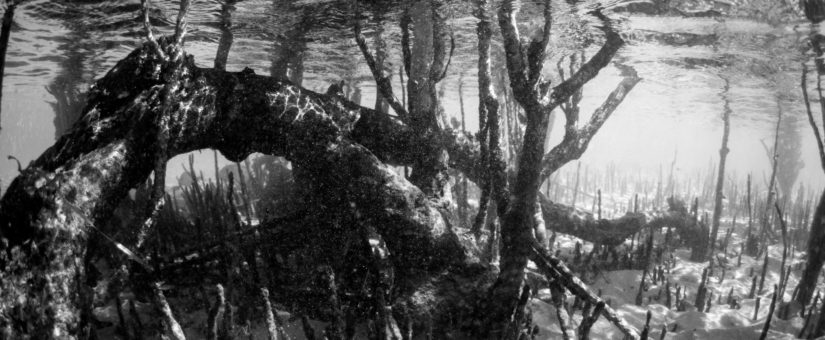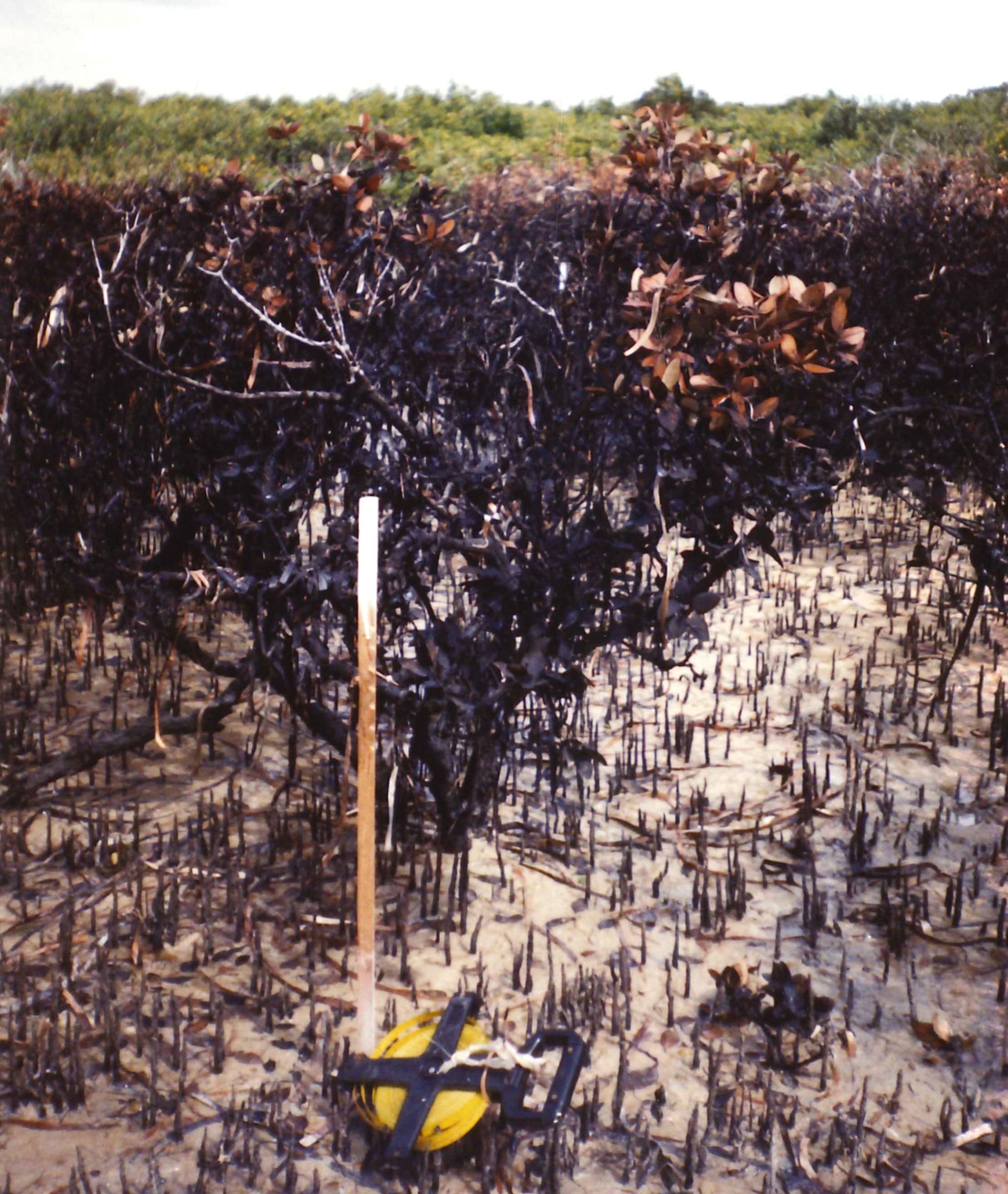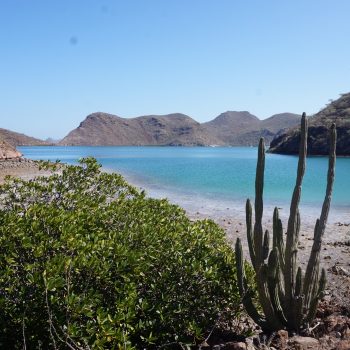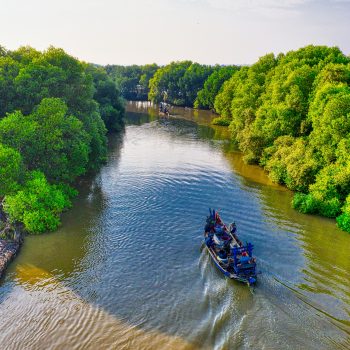
Mangroves taking eons to recover from oil spill
- Posted by Ellen Ditria
- On May 20, 2020
By Professor Rod Connolly
On a dark and stormy night in 1992 a major oil slick polluted a pristine mangrove forest. The oil came from a shipping mishap at the hydrocarbon facility at Port Bonython in Spencer Gulf, South Australia.
It’s a significant wilderness area, home to flocks of imperious pelicans, endemic seadragons, and the largest breeding aggregation of Australia’s giant cuttlefish.
The mangrove trees grow in a massive forest of a single species, the grey mangrove, Avicennia marina. The forest was pristine and rarely visited by humans, just an occasional passing fishing boat. Stormy weather foiled an attempt to reduce the massive slick creeping across the Gulf using aerial application of dispersant. Within hours, the huge slick penetrated the forest at high tide.
I was studying at University of Adelaide at the time – the nearest university but hundreds of kilometres away – and took the gig of field sampling with the international oil spill expert Jon Wardrop. Just days after the oiling event, the most toxic, volatile hydrocarbon fractions had already wrought destruction. And the area was left with a thick, bituminous coating, on trees, soil, birds, everything. Just the green tops of trees emerged out of the black.

Our field inspections ran for four years. In lightly oiled areas the trees recovered, but not so in heavily oiled areas, where tracts of forest were completely dead. Based on best advice at the time, we presumed that full recovery might take 10 years, perhaps a bit more.
I moved away for family and career, to the famous beaches and reefs of Queensland. Recently, on the 25 year ‘anniversary’ of the event, I had the opportunity to resurvey the forest.
Amazingly, our original survey markers are there, still! Unfortunately, the forest is not, still!
Although the stench of oil fumes is gone, barren tracts remain, hectares of dead forest with decaying trunks. There are green shoots; signs of recovery. Mangrove saplings have sprouted among the old dead stumps, and larger trees are regrowing around the edges of the oiled area.
Our team of GIS experts filled the missing data from the intervening years with remotely sensed imagery.
Modelled projections show that we should expect the forest to regain its original canopy cover in another 25 years, about half a century on from the oiling event.
Although mangrove forests frequently are damaged by oil around the world, monitoring of impacts and recovery usually lasts just a few years. So, the remarkably slow recovery in the South Australian mangroves provides valuable new information – providing a cautionary note that mangroves in less tropical places might take a lot longer to recover from damage.
I plan to visit again to check on progress and to measure blue carbon storage. After the oil spill, the seagrass meadows in Spencer Gulf also suffered an unrelated die back. Ten thousand hectares of seagrass was lost in the first recorded marine heat-wave in Australia. So, there’s plenty to keep a marine scientist busy, while looking around at the treasures of the Upper Spencer Gulf Marine Park.




0 Comments